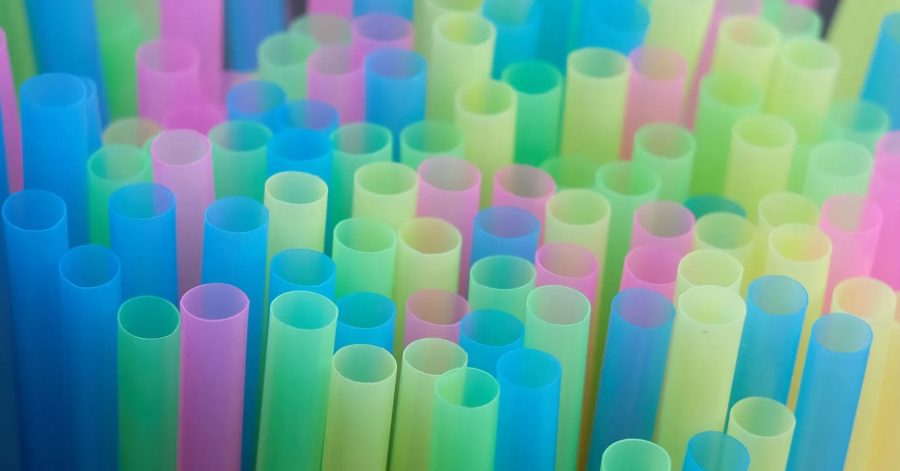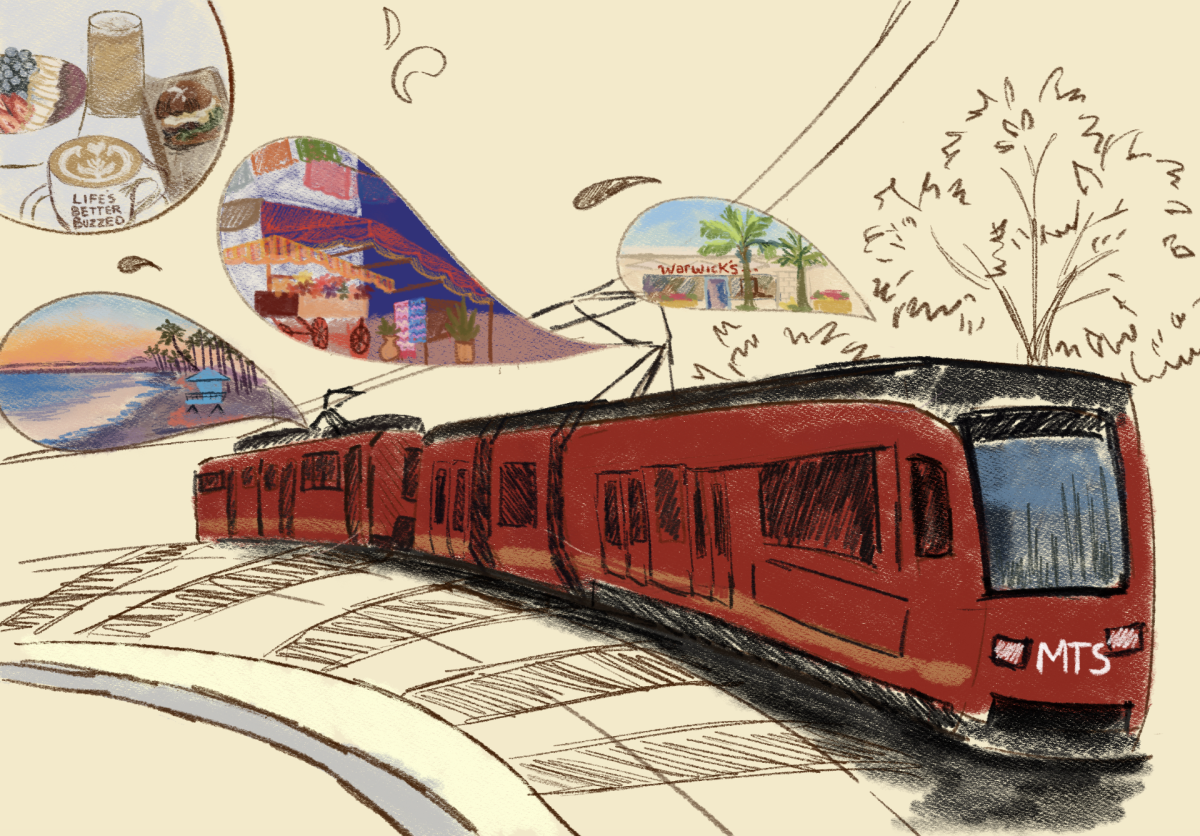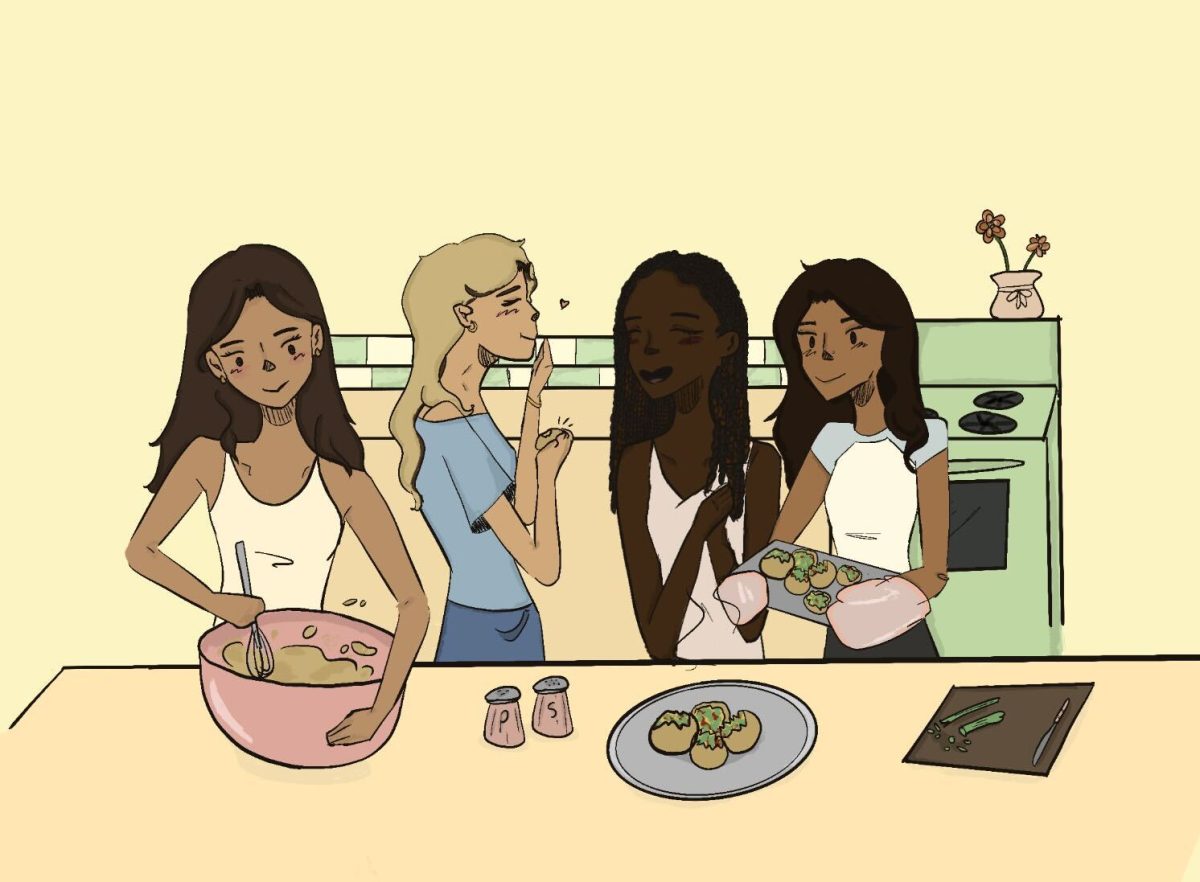Plastics: either a grand savior or the greatest enemy known to humankind. Since the discovery of petroleum our quality of life has increased significantly. We have been able to commercialize the market in new and unprecedented ways all thanks to the convenience of plastic; from bags to electronics to waterpark slides. Plastics that we see in our daily lives are made from petroleum, where one-eighth of it is used for plastic production. For scale, 16% of the weight of a commercial car is made of plastic, according to the European Union. While there are multiple different types and categories of plastic, there is one fact we know for sure: there is too much plastic in our landfills. 90 pounds of textiles, which are made of plastic, contribute to the waste of an average American per year. Plastic degrades slowly, meaning that it will stay in our environment for decades at a time. Recycling is inefficient as the process damages the long molecule chains that define plastic. Furthermore, plastic is typically incorporated with other materials, which further complicates the recycling process. Not to mention, there are microplastics in multiple watersheds, one such site being the Anacostia watershed in Maryland.
This invention that aided the advancement of humankind presents a grim ending to our overall health. If only there was a material that acts like plastic but was biodegradable … introducing bioplastics! These materials mimic plastics but are derived from natural biological sources. They are made by extracting sugars from corn or sugarcane to turn into polylactic acid, which is the cheapest form of bioplastics. These are carbon-neutral and have behavior that is very similar to petroleum-based plastic. The other type of bioplastic is polyhydroxyalkanoates (PHAs), which are made by microorganisms but are sometimes genetically engineered. Microbes are deprived of elements like nitrogen, oxygen, and phosphorus, which are essential elements for producing life. This leads to a higher proportion of carbon, the remaining essential element, which allows for PHAs to mimic plastic, which consists primarily of carbon chains.
All things break down eventually, and since bioplastics are derived from plant sources, the carbon released would be the ones that would’ve been released when the plant was decomposing. On the other hand, the carbon released from plastic originates from fracking, thus we are putting carbon that belongs in the ground into the atmosphere. The search for oil and fracking has long-known risks of spills and disturbing ecosystems.
As the source of bioplastics is agricultural-based, this raises the question about environmentally ethical farming practices. Runoffs from fertilizers and land rights are all concerns, regardless of the introduction of bioplastics. Furthermore, should we be using potential food sources for anything other than food, especially in our food-scarce world? There is the argument that plant-based farming has higher yields per area of land than meat sources do, and with the higher demand for corn and sugarcane, the rate of the expansion of land usage would not surpass those of grazing as quickly. Lastly, growing produce is more widespread, and if grown intentionally for bioplastic production, nutrition is not as much of a concern during harvest. This could potentially indicate an increase in job availability in the agricultural sector, including farmers and scientists.
Although this emerging idea of bioplastics has not been entirely shut down, there are skeptics of the idea. The idea and vision of the product are there, but special bioplastic composting infrastructure must be in place, as bioplastics also take long periods of time to break down (which during this time act like petroleum-based plastics). Pushing for increased use of bioplastics could be seen as greenwashing, or a company’s misleading information about the environmental impact of their product, as there are no obvious differences between the two materials after it has been discarded. Bioplastics would degrade in compost, which has the potential to occur locally, akin to our food waste. This is because there are multiple composting centers throughout cities, and does not need to be transported too far.
While there is no set answer to whether bioplastics are better for the environment due to potential unethical agricultural practices, I believe that with necessary criticism and adjustments to our living practices, we are able to move forward with bioplastics. After all, toxins in fertilizers and pesticides are adjustable and adaptable, but fracking practices and oil spills are not. While pollutants for bioplastics are higher, there is a significantly lower amount of greenhouse gas emissions, and does not have a net increase in carbon dioxide emission during decomposition. This is a novel concept that is slowly gaining traction, and with the necessary education and practice, bioplastics could be more widespread.
Image via Bioplasticsnews.com






















